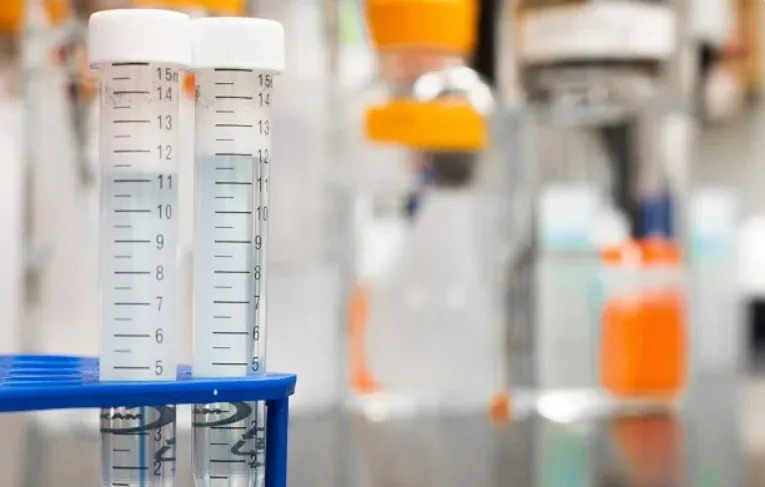In the modern world, drug testing has become a common practice for various purposes, including employment screenings and legal requirements. As individuals search for ways to pass these tests, numerous myths and methods have emerged. One such myth is the use of baking soda as a supposed remedy to cheat a drug test. In this comprehensive article, we aim to debunk the misconceptions surrounding this method and provide you with accurate information about drug tests and their outcomes.
Understanding Drug Tests
Before delving into the topic, it’s crucial to understand the basics of drug tests. These tests analyze samples, such as urine, blood, saliva, or hair, to detect the presence of specific substances. They are designed to identify illicit drugs or prescription medications that can affect an individual’s performance or impair their judgment.
Drug tests are typically conducted for various reasons, including pre-employment screenings, probation requirements, and to ensure a safe environment in specific industries like transportation or healthcare. The tests are meant to maintain fairness, safety, and integrity in different areas of life.
Baking Soda: An Ineffective Solution
The internet is flooded with numerous tips and tricks claiming to help individuals pass drug tests. One such method involves using baking soda. According to this myth, consuming or mixing baking soda with water before a drug test can alter the results and help you pass. However, it’s essential to understand that this method is ineffective and unsupported by scientific evidence.
1. Lack of Scientific Backing
There is a lack of scientific research supporting the use of baking soda as a solution to pass a drug test. The chemical properties of baking soda do not have any known impact on drug metabolites in the body. The idea that it can somehow mask or eliminate traces of drugs is unfounded.
2. Flawed Understanding of Drug Testing
Those who advocate for the use of baking soda often misunderstand the science behind drug testing. Modern drug tests are designed to detect specific substances and their metabolites, which are the byproducts produced when drugs break down in the body. Baking soda cannot alter or eliminate these metabolites, rendering it ineffective in bypassing drug tests.
3. Potential Risks and Side Effects
Attempting to cheat a drug test using baking soda can have potential risks and side effects. Ingesting excessive amounts of baking soda can disrupt the body’s natural pH balance and lead to metabolic imbalances. This can result in adverse health effects, such as electrolyte disturbances, gastrointestinal issues, and even organ damage in severe cases. It’s crucial to prioritize your health and well-being over unsubstantiated methods.
